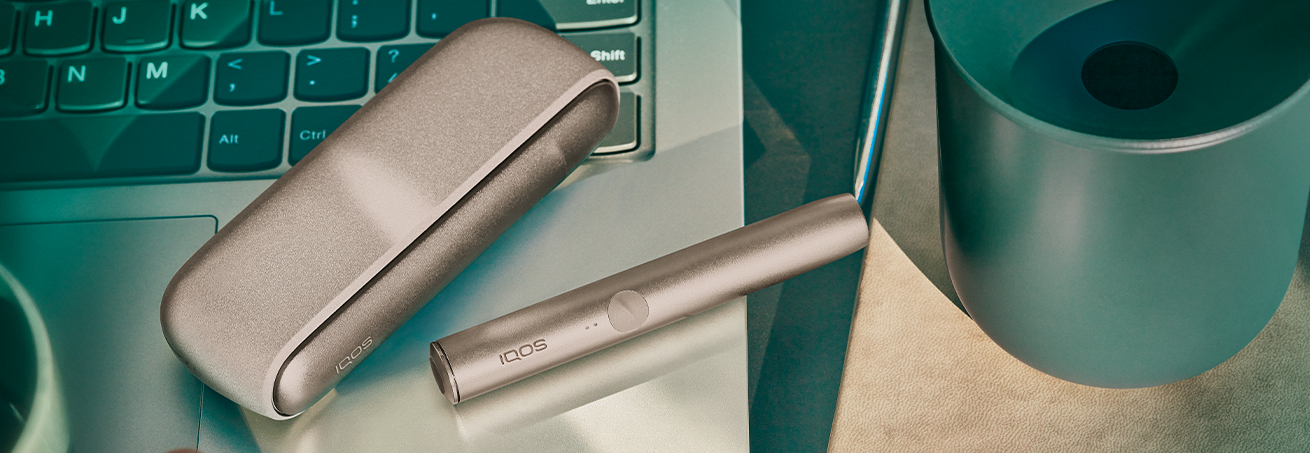
How to activate IQOS account and register your IQOS?
Why is it worth to register on IQOS website? How to do it? Have a look at the guidelines!


Why is it worth to register on IQOS website? How to do it? Have a look at the guidelines!